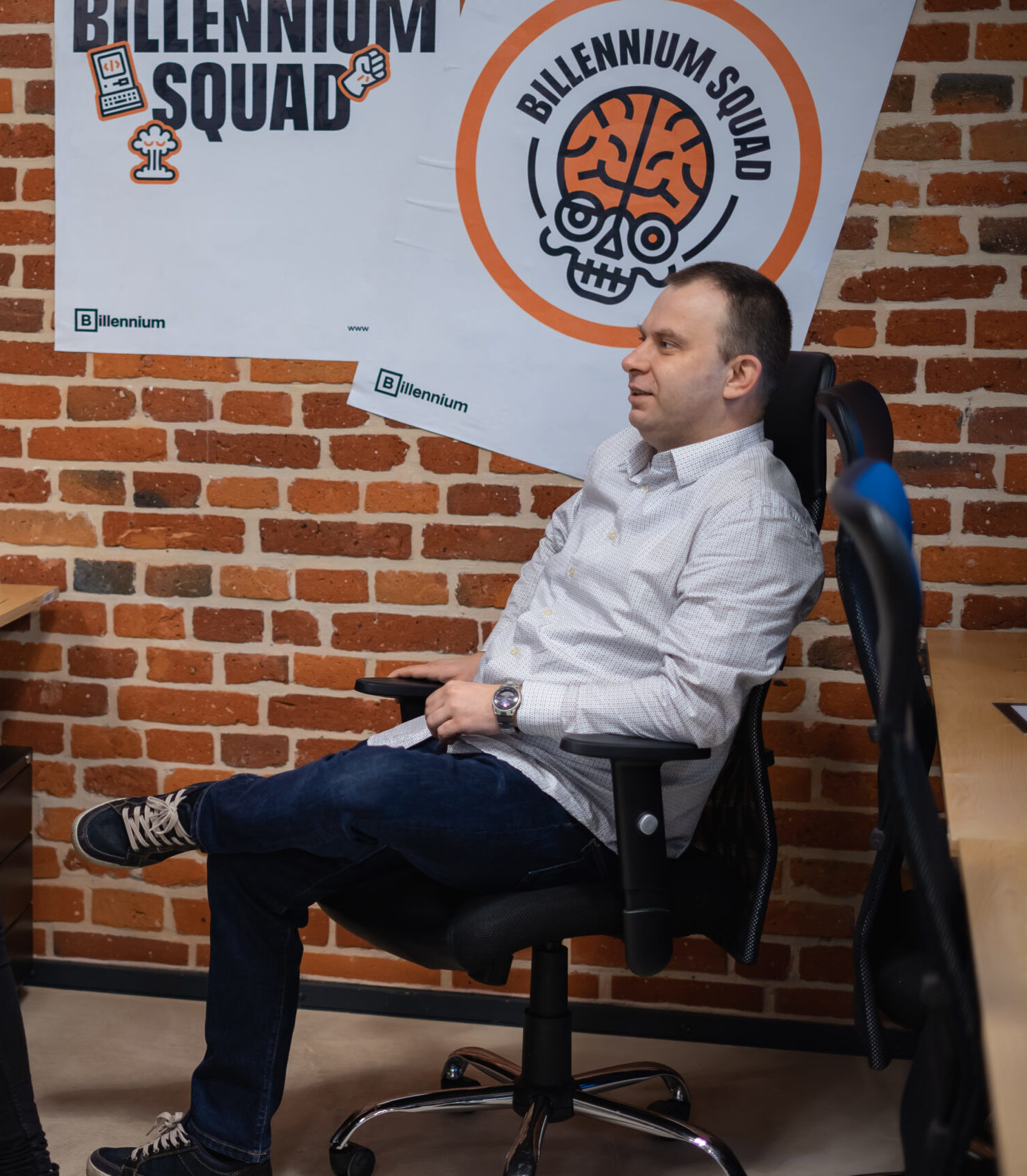Artificial intelligence, particularly machine learning, is one of the most coveted innovations in business in recent years. However, it’s Reinforcement Learning (RL) that stands out among other technologies and represents a true revolution. RL is a method of training AI algorithms based on trial and error strategies. It allows for creating highly effective and advanced solutions, as demonstrated by the world Go champion, Lee Sedol.
Machine learning is a field of artificial intelligence that involves algorithms improving themselves through experience. It can be divided into three categories: Supervised Learning, Unsupervised Learning, and Reinforcement Learning.
Supervised Learning involves humans providing information to the machine on how to perform specific tasks. Initially, you ask a question and then provide the desired answer. Artificial intelligence’s role is to find and generalize patterns and then predict responses to future questions related to the same subject. A simple example might be recognizing people or objects in photos. The process involves sending photos (e.g., of two individuals labelled with their names), and the AI model learns various distinguishing characteristics. As you add more images to the dataset, AI automatically recognizes them. The more you train the algorithm, the more effective it becomes.
Conversely, Unsupervised Learning is the opposite process, where the machine autonomously identifies patterns in a given dataset without prior labelling. Here, human involvement is minimized, as AI groups datasets that share standard features and identifies and discards attributes it considers less characteristic. Using the earlier example, when you feed the model with pictures of two people, artificial intelligence starts distinguishing them independently.
The last method of machine learning is Reinforcement Learning. It is the most recent and perhaps the least known method. In this approach, the model learns to perform specific tasks through a system of rewards and punishments. Successfully completing a task results in a reward, while failure leads to a penalty. Essentially, the algorithm memorizes the combinations of steps it took and the corresponding rewards or penalties. This process determines its future actions. This is how its decision-making capability is trained to help achieve the desired outcome later. While the theory might seem a bit complex, a simple example related to chess can clarify it. Using this approach, our algorithm learns the game’s intricacies, and, utilizing reinforcement, it starts evaluating the most effective sequences of actions based on the end result, which is the subsequent rewards. It could be said that humans don’t teach the algorithm to play; they merely provide a specific environment, such as a chess simulator, and evaluate its results. Thus, reinforcement works similarly to dopamine in the brain.
A Pivotal Moment – Google’s Algorithm Beats the World Go Champion
A turning point in the development of Reinforcement Learning was in 2016 when the AlphaGo algorithm, created by Google DeepMind, defeated the world Go champion, Lee Sedol. The match ended with a 4:1 score in favour of AI and was watched by millions worldwide. However, before the match, few believed that artificial intelligence could beat the champion. Go’s rules are simple, but the number of possible combinations and setups is immense, possibly surpassing the number of atoms in the universe.
This means reaching a master’s level involves years of practice, strategic thinking, and an exceptionally sharp mind. This event made it clear that artificial intelligence is not just an algorithm for executing simple commands but a technology capable of making rapid decisions that require complex thought processes. It achieves this by analyzing previous moves and their consequences. Interestingly, Lee Sedol isn’t the only champion defeated by AI. In 2019, the OpenAI Five algorithm was tested in the popular video game DOTA 2, where technology also bested the reigning world champions.
Reinforcement Learning in Business
Reinforcement Learning is not limited to games; it is applied in various industries. OpenAI, mentioned earlier, used this method in its flagship solution, ChatGPT-3 (and later GPT-4). The authors of Generative AI realized that there was a need for a “human factor” to enable more natural interactions with users. They decided to use Reinforcement Learning to evaluate and rank the responses generated by AI from best to worst. Users can also assess the quality of their conversation with ChatGPT. Additionally, ChatGPT not only converses “like a human” and generates content but can also predict the user’s next steps, such as their next question.
In practice, RL can be applied in various industries and fields where optimization of processes and resource management are crucial. These may include businesses, manufacturing, logistics, the financial sector, or e-commerce. This technology can support organizations in making critical decisions regarding market strategy based on current trends, detecting trends related to new products and services, or optimizing marketing campaigns. RL can be used in the manufacturing industry for production scheduling, inventory management, resource allocation, logistics improvement, route planning, energy management, or quality control.
These algorithms can adapt to various market variables, periodic demand fluctuations, order volume, material availability, and more, ultimately enhancing the efficiency and profitability of a business. Another application is in robotics, such as Boston Dynamics, which trains its robots using RL. The same approach is used for drones and autonomous vehicles. It is used in all situations where observations in a virtual or real environment translate into specific actions that are later evaluated.
Journey to AI at Billennium
As mentioned earlier, even though Reinforcement Learning is a relatively young field in AI, it has already demonstrated its enormous potential. This has led more businesses to consider incorporating RL into their operations. However, it’s important to remember that machine learning is a complex process that requires proper programming and the supply of high-quality data for model training.
That’s why at Billennium, we’ve launched a new service called “Journey to AI,” in which we offer the development of RL-based solutions. We focus on two main areas. The first involves implementing ChatGPT and training it for specific applications tailored to your organization’s needs. The second aspect pertains to using AI for process optimization and action modelling in simulations. This enables the algorithm to learn how to achieve defined goals and make the best decisions.
Trial-and-error-based learning has been a part of human history for ages. It’s how we learn to walk, ride a bike, read, write, or play instruments – all of it relies on this mechanism. Today, we’re teaching machines to perform specific actions in the same way. Some tasks are more tedious, while others require special skills. The critical difference is that humans can get hurt when falling off a bike, lose motivation, or lack the necessary abilities to master a domain. In the case of machines, such risks do not exist. An algorithm, without excuses, can reach a master level in a specific field but requires more time and effort than a human teacher.
Learn more about our AI & Data Competence Center.















